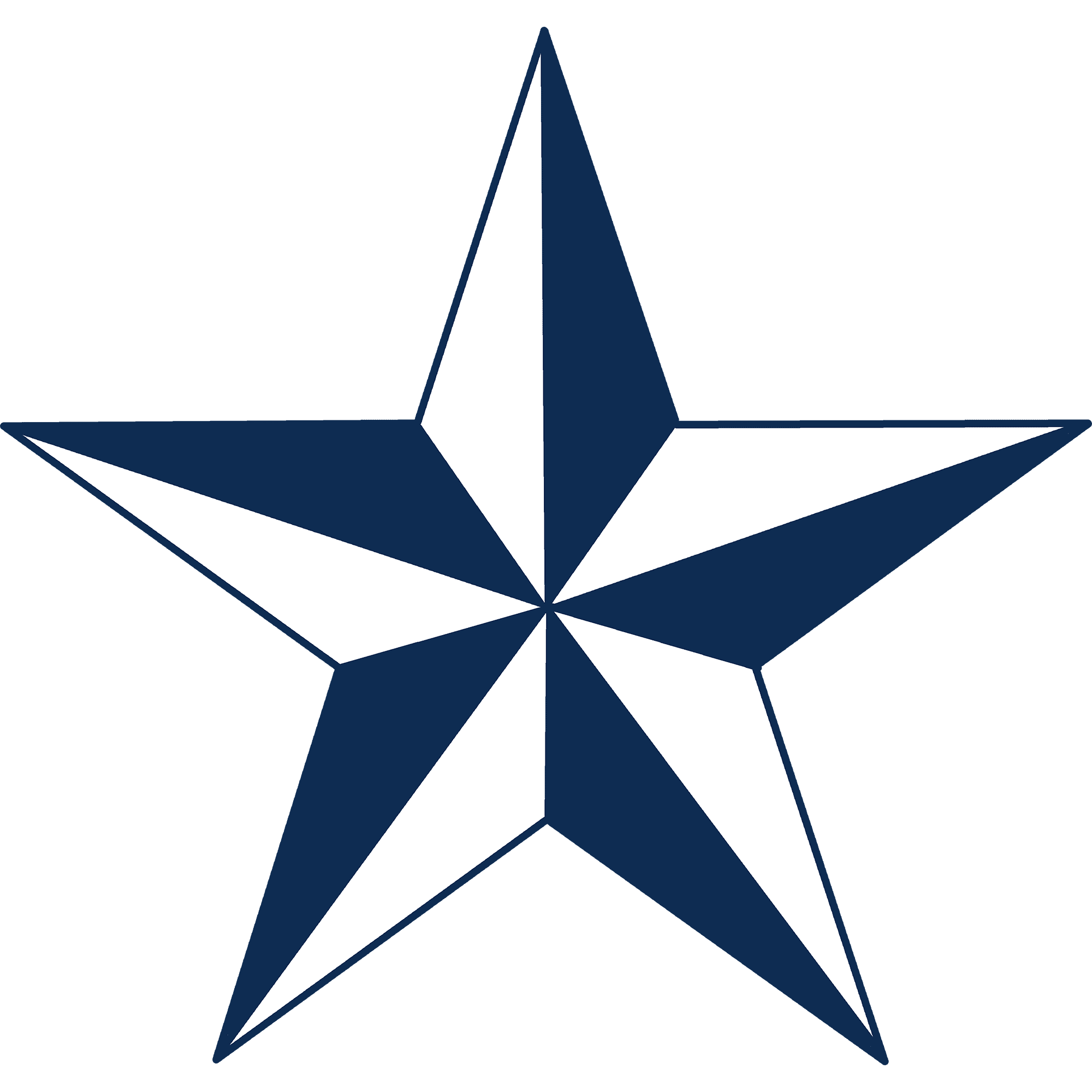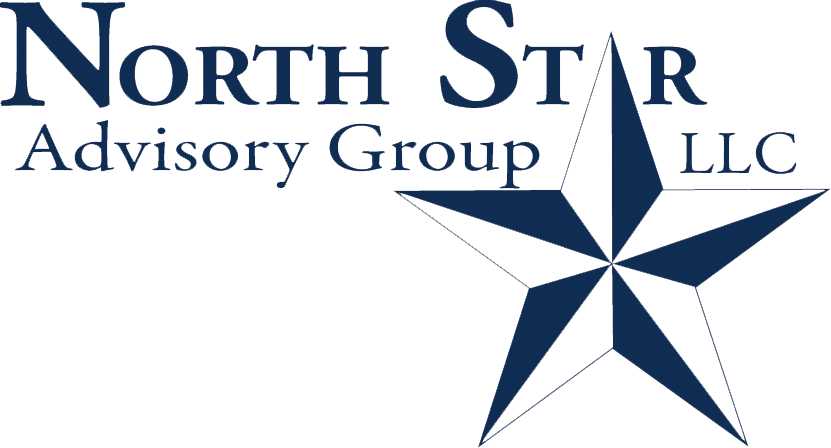Over the last few weeks, State and Federal government have taken unprecedented moves to voluntary shut down the US economy in an attempt to slow the spread of the Coronavirus. The magnitude of their actions has created a moral hazard.
Coronavirus stimulus bill #3 was signed this week for a historic economic support of $2+ Trillion. While it was quickly drafted and passed, it was put together with great detail and breadth to support our economy. Please take a moment to read through the entire email. While a section may not apply to your household, it may be important information to share with other family members, neighbors, co-workers or employers. In particular, we have been amazed by the number of small business owners who were not aware of the benefits and options available to their businesses.
- Direct payments to individuals & families
- Forgivable loans for small businesses
- Retirement Plan Provisions
- Employers and self-employed can defer Social Security
- Student loan payments suspended
- Charitable contribution increase
- Unemployment benefits
- Loans for Medium Businesses
- Airlines and airports
- Hospitals
- Mortgage forbearance
Direct payments to individuals & families
Americans would receive $1,200, married couples would get $2,400 and parents would see $500 for each child under age 17.
Payments would start to phase out for individuals with adjusted gross incomes (AGI) of more than $75,000, and those making more than $99,000 would not qualify at all. The thresholds are doubled for couples. The AGI used for the phase out is based off your last filed tax return. Therefore, filing a tax return may help or hurt your potential benefit.
Forgivable loans for small businesses
Businesses with less than 500 employees can immediately apply for 250% of one month of “payroll costs” with a $10 Million maximum. Independent contractors and self-employed individuals may also be eligible for these loans. The bill waives typical SBA loan requirements that credit must be unavailable elsewhere and that the borrower must personally guarantee the amount or provide collateral.
Under this loan, eligible expenses are considered from eight weeks' worth of payroll obligations (including wages and benefits), plus rent or mortgage payments and utilities. The amount forgiven would not be treated as taxable income to the small business owner if borrowers adhere to the lending and expenditure requirements. Any amount not forgiven would have a maximum interest rate of 4%.
What is the Maximum Loan Amount? The maximum loan you can receive will equal 2.5 times your average “payroll costs” during the 1-year period before the loan is taken.
“Payroll costs” are defined very broadly and include:- Employee salaries, wages, commissions, etc. up to $100,000 per year, $8,333.33 per month
- Payment for vacation, parental, family, medical or sick leave
- Severance payments
- Group health insurance
- Retirement plan contributions
- State and local taxes assessed on such compensation
- Per employee compensation over $100,000/yr or $8,333.33/mo
- Federal tax withholdings
- Compensation for non-US residents
- Sick leave and family leave provided by the new Families First Coronavirus Response Act for which there are already tax credits
How Do You Apply? The SBA is guaranteeing these loans, and businesses will need to apply through 1,800 banks and credit unions who are already approved to issue these loans. The bank at you’ve set up your business banking account will be a great place to start.
Since the maximum loan amount will equal 2.5 x your average monthly payroll costs during the 12-month period preceding the loan, you will need to submit an application that includes a sizeable amount of documentation, including:
- Employee wages for the last 12 months. You can contact your payroll provider for the report.
- This report must also show paid time off, vacation, sick pay, family medical pay, etc. All of this is eligible to be included. The more you can show the better, as this will increase the loan amount
- Withholding for state and local taxes on employee compensation
- 1099s paid to independent contractor doctors
- Documentation showing how much, you, the employer paid in employee group health insurance premiums for the past 12 months. Your insurance company should be able to provide this
- Documentation showing the amount of retirement plan funding the employer made for employees over the past 12 months (profit sharing 401(k) plans, cash balance plans, SIMPLE and SEP IRAs). If your 2019 plan administration has been completed, you should use this as the basis for these figures. (Employees’ own 401(k) salary deferrals won’t count for these purposes since it is already counted in the wage figure.)
Gathering this data will take some time and effort, so use the next few days to start assembling these materials. Be prepared to apply for and get the loan as soon as they are available.
Borrowers will also need to make a “good faith certification” that the uncertainty of the current environment makes the loan request necessary, that you intend to use the funds to retain workers and maintain payroll OR make mortgage payments, lease payments, and utility payments.
The loan forgiveness concept encourages employers to keep everyone employed. The amount of loan forgiveness will be reduced proportionally by the reduction in full-time equivalent employees during the “covered period” of February 15, 2020 – June 30, 2020, compared to February 15, 2019 – June 30, 2019. So, if you employed 15 FTEs in 2019 and 10 now, the forgiveness will be reduced by one-third. It will be further reduced to the extent that employees are being retained but are having to take pay cuts of more than 25%.
The bill encourages employers to rehire workers and/or restore the pay of employees who were kept but took big pay cuts. If by June 30, 2020, a business rehires the laid-off employees and/or restore the salaries of the employees who took pay cuts, then your loan forgiveness will not be reduced.
Each company will have its own complexities requiring them to work closely with their SBA lender.
Retirement plan provisions
IRA contribution deadline for 2019 is extended to July 15, 2020.
Required minimum distributions for 2020 have been suspended opening the door for additional planning opportunities.
The bill provides tax relief for retirement plan and IRA “coronavirus-related distributions” up to $100,000 taken by individuals on or after January 1, 2020 and before December 31, 2020. The bill permits in-service distributions, provides an exception to the 10% early distribution penalty, exempts the distribution from the mandatory 20% withholding applicable to eligible rollover distributions, allows the individual to include income attributable to the distribution over a three-year period, and allows the for the recontribution of the distribution to a plan or IRA within three years.
The bill provides that for plan loans made during the 180-day period beginning on the date of enactment and December 31, 2020 the maximum loan amount is increased from $50,000 or 50% of the vested account balance to $100,000 or 100% of the vested account balance. The due date for any repayment on a loan is delayed for one year (normally five years).
To be eligible for the withdrawal and loan relief, an individual must fall within one of the following categories:
- The individual is diagnosed with COVID-19 by a test approved by the Centers for Disease Control and Prevention;
- The individual’s spouse or dependent is diagnosed with COVID-19; or
- The individual experiences adverse financial consequences as a result of being quarantined, being furloughed or laid off or having work hours reduced due to COVID-19, being unable to work due to lack of child care due to COVID-19, closing or reducing hours of a business owned or operated by the individual due to COVID-19, or other factors as determined by the Secretary of the Treasury.
Employers and self-employed can defer Social Security
Employers can defer the 6.2% tax they pay on wages that is used to fund Social Security. The deferred tax would have to be paid over the following two years: half by Dec. 31, 2021, and the other half by Dec. 31, 2022.
Student loan payments suspended
The Department of Education would suspend payments on student loan borrowers without penalty through September 30, 2020. Currently, this suspension only applies to loans backed by the federal government. Loans backed by banks, credit unions and other institutions may not have the same suspension benefit.
If a borrow needs to suspend their payments, we recommend they contact their lender. Don’t just stop making payments.
Charitable contribution increase
The bill allows for an above-the-line deduction up to $300 for cash contributions to certain charities for those who do not itemize deductions. The bill also increased the limitations on deductions for “qualified contributions” by individuals who itemize by suspending the 50% of AGI limitation, meaning up to 100% of AGI may be claimed as a charitable itemized income tax deduction.
Unemployment benefits
The Act also provides an additional $600 per week to each recipient of unemployment insurance or Pandemic Unemployment Assistance for up to four months. There will also be an additional 13 weeks of unemployment benefits through December 31, 2020 to help those who remain unemployed after state unemployment benefits are no longer available.
Loans for Medium Businesses
There's a specific provision in the program for direct loans to mid-sized businesses, defined as between 500 and 10,000 employees, as well as non-profit organizations, where no payments will be due for the first six months after the loan is issued.
Airlines and airports
The package includes $32 billion in grants for wages and benefits to the decimated airline industry. That includes $25 billion for passenger airlines, $4 billion for cargo airlines, and $3 billion for industry contractors, such as those who handle catering, baggage, ticketing, and aircraft cleaning. In addition, another $25 billion for passenger airlines and $4 billion for cargo airlines will be available in the form of loans or loan guarantees.
Hospitals
The bill creates a $100 billion public health and social emergency fund to reimburse providers for expenses and lost revenues related to the coronavirus pandemic. About $65 billion will go to hospitals, with the rest funneled to doctors, nurses, suppliers and others, the association said. The legislation also boosts reimbursements by 20% for treating Medicare patients with coronavirus.
Mortgage forbearance
While mortgage forbearance is not part of the bill, it is important to discuss. Mortgages backed by Fannie and Freddie (~50% of all mortgages) are offering forbearance on payments for up to 12 months for those financially impacted by the coronavirus.
Similar programs are being offered through for the other 50% of loans are backed by other institutions. However, the period of forbearance is typically for a shorter period of 3-4 months.
During forbearance, payments for taxes and insurance are still required. If a borrow needs forbearance, we recommend they contact their lender. Don’t just stop making payments.
This will not be the end of economic support. Stimulus bills #4 and #5 are already being drafted and are focused on addressing areas of weaknesses in bills #1-3. For example, the cruise industry was left out of support.
The above is a summary and not a comprehensive breakdown of all provisions in the 800+ page bill. This information is meant for informational use only. Upon request, we are happy to provide a more detailed 50+ page summary and reference links to the bill.
Click HERE to read or reference the entire Senate Bill
Thank You
As a small business, our staff appreciates your continued trust and support as we all work through these stressful and trying times for our country and world.
We are passionately devoted to our clients' families and portfolios. Let us know if you know somebody who would benefit from discovering the North Star difference, or if you just need a few minutes to talk. I have added some extra time into my schedule to be available for calls.
In the meantime, all virus transmission can be reduced by washing your hands and reducing contact with others.
Best regards,


Mark Kangas, CFP®
CEO, Investment Advisor Representative


